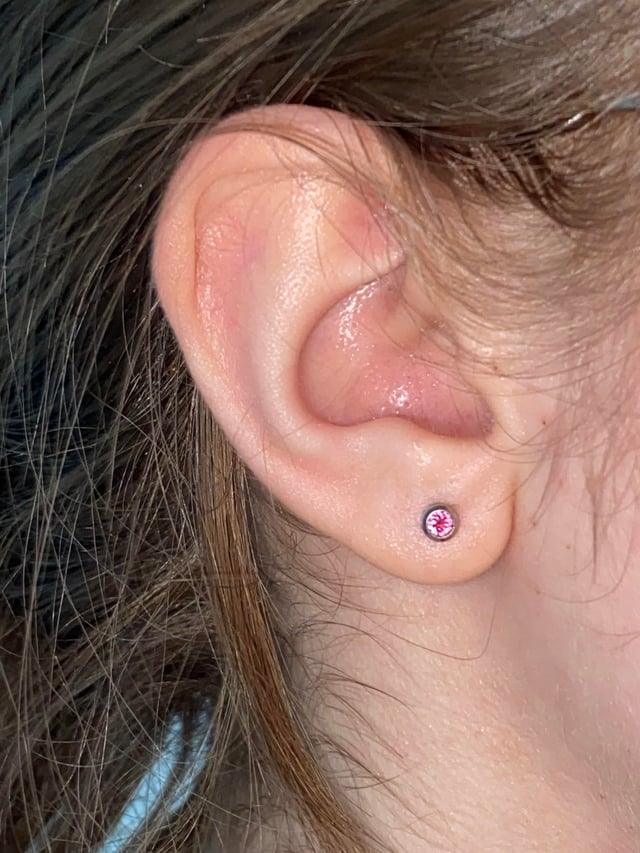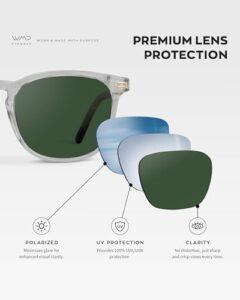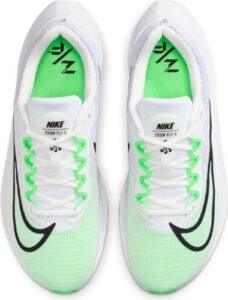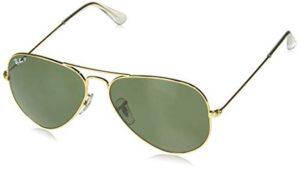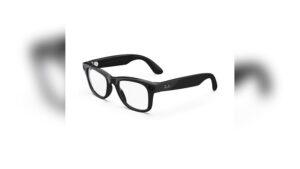You just got your ears pierced, and now you’re itching to switch up your look. But wait—how soon can you change your earrings without risking infection or irritation?
If you’re wondering when it’s safe to swap those starter studs for your favorite hoops or dangly earrings, you’re in the right place. Knowing the right time to change your earrings is key to keeping your new piercing healthy and looking great.
Keep reading, and you’ll discover exactly when and how to make the switch safely.
Healing Time For Ear Piercings
The typical healing timefor ear piercings is usually 6 to 8 weeks. This period allows the skin to close around the earring properly. Changing earrings too soon can cause pain, swelling, or infection.
Several factors affect healing. These include piercing location, aftercare, and individual health. For example, cartilage piercings take longer to heal than earlobe piercings.
Good cleaning habitshelp avoid infections. Avoid touching or twisting the earrings during healing. Also, keep the area dry and use recommended cleaning solutions.

Credit: www.anielektronik.com
Signs Your Piercing Is Ready
No redness or swellingmeans your piercing is healing well. The skin around the piercing should look normal and feel soft. If the area is still red or puffy, wait longer before changing earrings.
Absence of pain or dischargeis another key sign. Your piercing should not hurt or feel sore. There should be no pus or clear liquid coming out. Any pain or fluid means it needs more time to heal.
Clean your piercing daily with salt water to keep it healthy. Avoid touching it with dirty hands. Changing earrings too soon can cause infection or damage. Be patient; healing takes time.
Risks Of Changing Earrings Too Early
Changing earrings too soon can cause infection. The skin around the piercing is still healing and is very sensitive. Bacteria can enter the open wound easily, leading to redness, pain, and swelling. This can make the piercing take longer to heal or get worse.
Healing takes time. If earrings are changed before the piercing is ready, it can cause delayed healing. The hole may close up or get irritated. This means more pain and more care is needed. It is best to wait for the piercing to fully heal before changing earrings.

Credit: www.reddit.com
Tips For Safe Earring Changes
Before changing earrings, keep the piercing site clean. Use a gentle saline solution or mild soap to wash hands and ears. Avoid using alcohol or hydrogen peroxide as they can irritate the skin. Clean the new earrings with rubbing alcohol to kill germs.
Choose earrings made from safe materialslike surgical steel, titanium, or gold. These reduce the risk of allergic reactions and infections. Avoid cheap metals or costume jewelry during healing.
| Step | Tip |
|---|---|
| Cleaning | Wash hands and piercing with saline or mild soap |
| Sanitizing Earrings | Use rubbing alcohol on new earrings |
| Choosing Earrings | Pick hypoallergenic metals like titanium or gold |
Aftercare Practices To Support Healing
Cleaning the piercing site twice a day helps prevent infection. Use a saline solution or mild soap with warm water. Gently wipe around the earring without moving it too much. Avoid harsh chemicals or alcohol as they can irritate the skin.
Keep hair, makeup, and lotions away from the new piercing. These can cause redness or swelling. Avoid touching the piercing with dirty hands. Always wash hands before handling earrings.
Wear earrings made from hypoallergenic materials like surgical steel or titanium. These reduce the risk of allergic reactions. Avoid swimming in pools or hot tubs during healing to prevent bacteria exposure.

Credit: www.reddit.com
When To Seek Professional Advice
Signs of complicationsinclude redness, swelling, or pain lasting more than a few days. Watch for pus or fluid that smells bad. A piercing that feels hot or looks very red may be infected. Avoid changing earrings if these signs appear. Delayed healing or hard bumps around the piercing also need attention.
Consulting a piercing specialistis important if problems arise. They can check the piercing and suggest proper care. Specialists may clean the area and give advice on safe earring changes. Sometimes, they need to remove the earring to help healing. Early help prevents serious infections and scarring.
Frequently Asked Questions
When Can I First Change My Earrings After Piercing?
You can change your earrings after 6-8 weeks for earlobes. Cartilage piercings may take 3-6 months. Always consult your piercer before changing.
How To Know If My Piercing Is Healed?
Your piercing is healed when there’s no redness, swelling, or pain. The skin should feel normal without discharge or tenderness.
Can I Change Earrings Too Soon After Piercing?
Changing earrings too soon can cause infection and irritation. Wait until your piercing is fully healed before swapping earrings.
What Type Of Earrings Are Safe For New Piercings?
Use hypoallergenic earrings made of surgical steel, titanium, or gold. Avoid cheap metals to prevent allergic reactions and infections.
Conclusion
Changing earrings too soon can cause pain and infection. Wait at least 6 to 8 weeks for earlobe piercings. Cartilage piercings need more time, sometimes 3 to 6 months. Always clean your hands and earrings before changing. Be gentle and stop if you feel pain.
Taking care helps your piercing heal well and look good. Patience is key for a healthy, happy piercing.

Madison Clark is a footwear expert and the voice behind MyStyleGrid.com. She specializes in honest shoe reviews, style tips, and practical guides to help readers find the perfect pair for any occasion. With years of experience in blogging and content creation, Madison makes footwear knowledge simple, stylish, and easy to follow.

